Korean port volumes up in the 1st half of 2012
 |
| Port of Busan |
The Korean Ministry of Land, Transport and Maritime Affairs (MLTM Minister Kwon Do-Youp) announced that 31 Korean ports have seen container volumes grow by 3.5% in the first six months of 2012 compared to a year ago.
Total volumes that the ports handled reached 668,350,000 tons in the first half, up from 645,700,000 tons, or 3.5%, compared to the same period last year.
The total import-export cargo traffic reached 6,760,000 TEU, increasing by 1.8% seen twelve months earlier. Transshipment cargo also came to 4,340,000 TEU, climbing by 15.4% year on year.
Port by port, Busan Port, Gwangyang Port and Pyeongtaek․Dangjin Logistics have seen cargo increases in the machinery, oil and motors sectors, with increases of 8.7%, 5.8%, and 7.8% respectively.
On the other hand, Incheon Port and Pohang Port's volumes have dropped by 4.4% and 3.2% each, with the finger of blame pointed at decreases in the sand and soft coal trades.
Especially, Busan Port recorded the largest traffic increase among the top 5 container ports in the world despite most ports now facing a slow or sternway in trade volume due to global economic depression.
Busan port, the biggest port in Korea, recorded 8,532,356 TEU in the first half year, up by 8.4% over the last year, which is the highest growth rate among the world's 5 busiest ports. Busan Port Authority (BPA) gave thanks to its strong transshipment cargo performance.
In comparison, Shanghai Port, top-ranked in the world saw 3.9% of traffic growth and Singapore Port recorded 7.3%. Hong Kong Port recorded -0.7% growth.
By item, the machinery, vehicles and cement import-export volume have soared by 17.3%, 15.2%, 7.6% respectively, but soft coal was down by 6.5% compared with last year. < 김보람 기자 brkim@ksg.co.kr >
많이 본 기사
- 국제물류업계, 광양항 마지막 배후단지 활용법 모색한다‘일상이 된 물류시장 불확실성’, AI·친환경이 돌파구‘고환율·저운임’ 글로벌 물류기업 일제히 부진한 실적 신고‘수요 둔화 지속’ 컨운임지수 한주만에 1300선으로 후퇴DHL, 중동 두바이에 차세대 물류허브 개소해운협회, 부산항도선사회와 CCTV 활용 안전도선 업무협약한국해양대, 장금상선등 해운사와 해양인재 양성방안 모색2028년 유엔 해양총회 한국 유치 확정KMI, 우리나라와 북극권국가 협력 방안 모색벌크선시장, 급등 이후 조정 '속도 조절 들어가나'
- 인사/ 팬오션전재수 해수부 장관 사의…“해양수도권 차질없이 육성되길”쿠팡 박대준 대표이사 사임…“개인정보 유출 책임 통감”에스티엘글로벌, 한국해大 해사대학에 장학금 기부日 ONE 운항 9100TEU급 컨선 화재…공동해손 선언인사/ 해양수산부윌로그, 벤처창업진흥유공 대통령 표창 수상아시아나IDT, 산업안전세미나 개최…‘플랜투두’ 확산 전략 공유아로아랩스, 중기부 창업지원프로그램 선정…연구개발 자금 확보부음/ 해운조합 최종진 본부장 빙모상









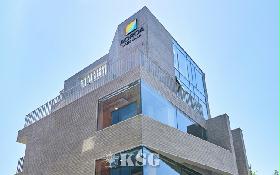
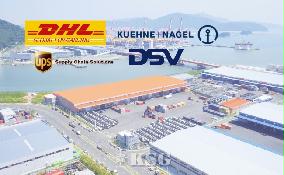

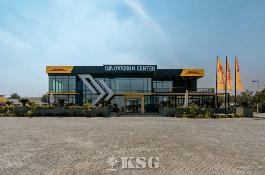
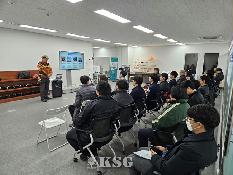




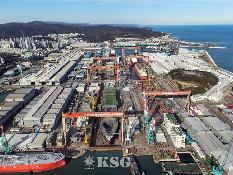
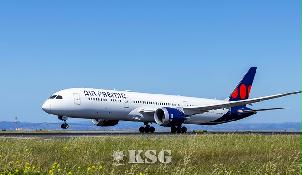


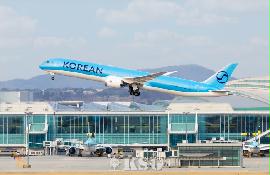


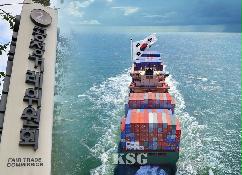



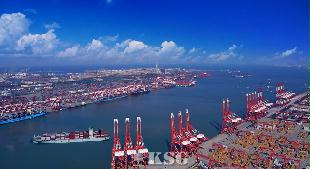
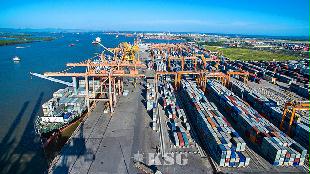
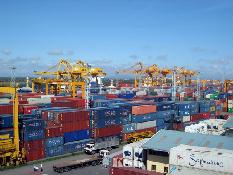






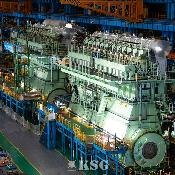
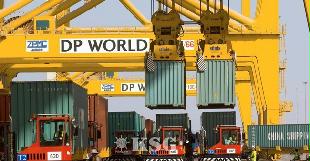

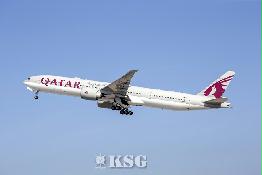





















0/250
확인